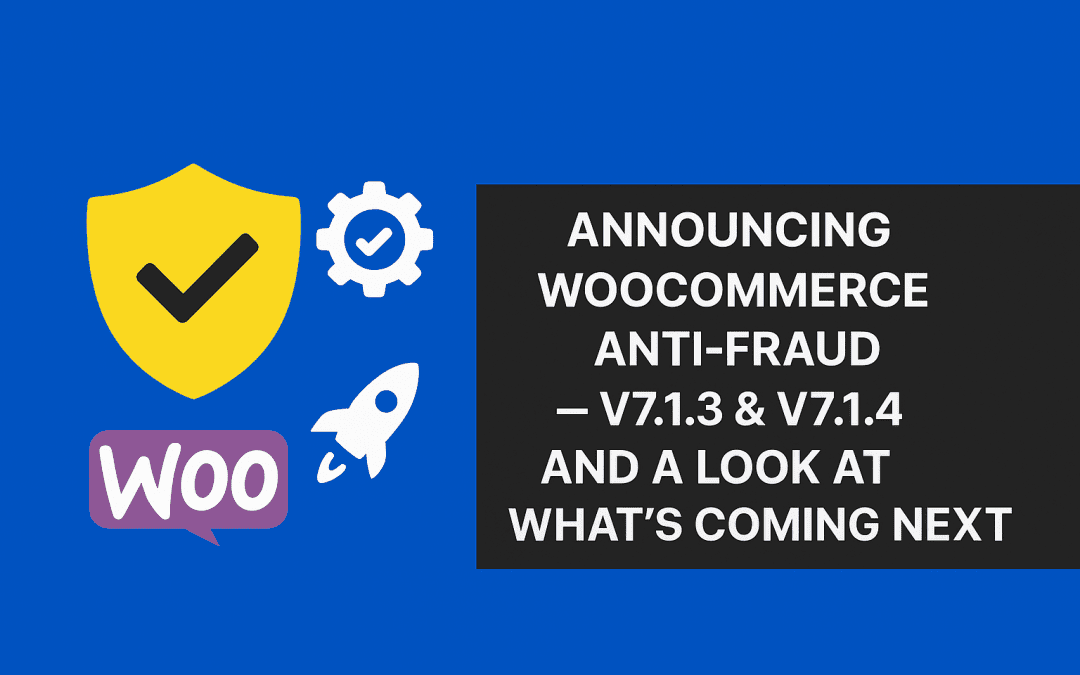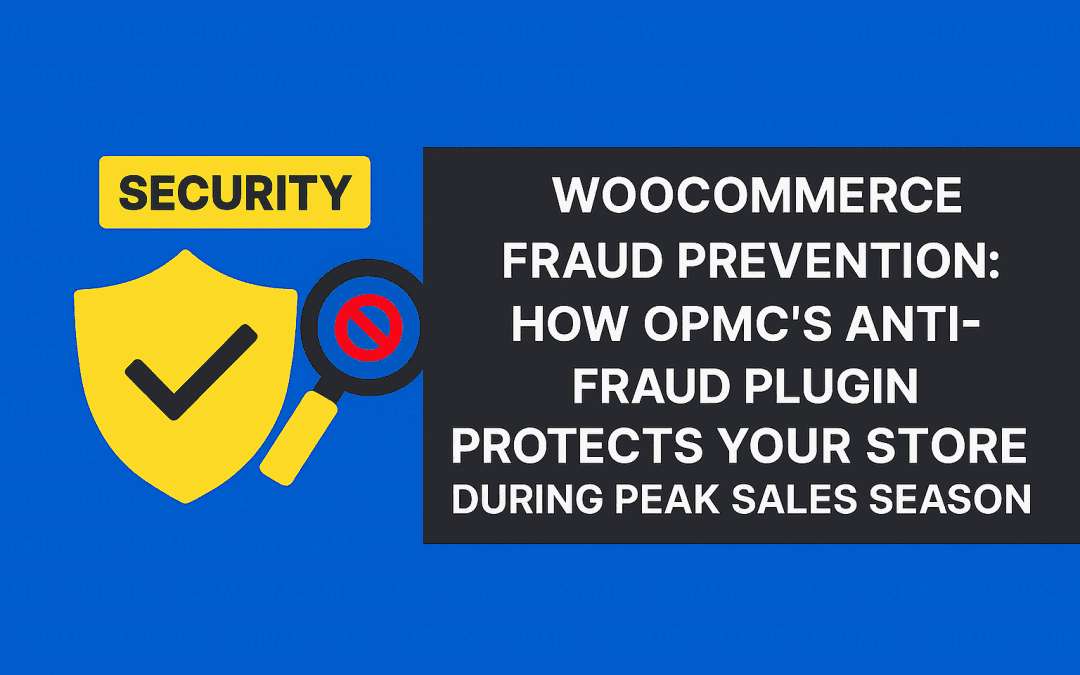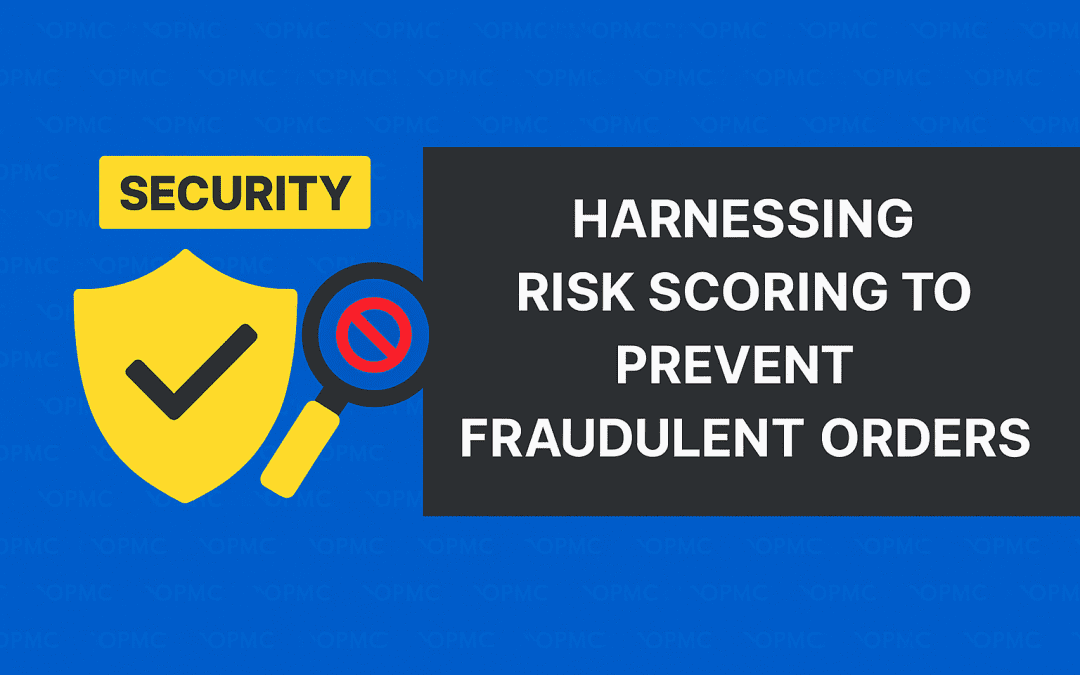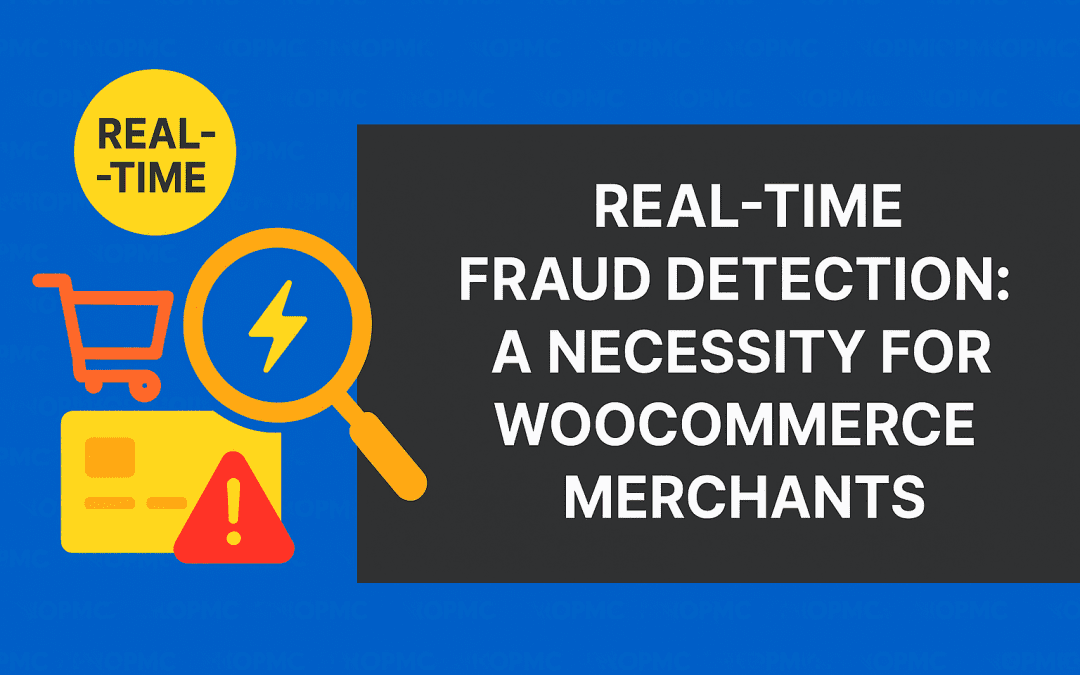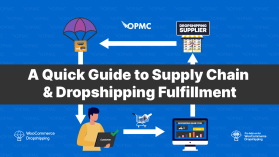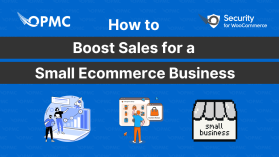It shouldn’t come as a surprise to anyone that with all the various ecommerce platforms available online, Odoo has decided to throw its hat into the ring as well. Instead of being solely proforma accounting software, the company has drastically expanded to include a series of business apps and online integrations from CRM to ERP systems.
The way Odoo is leaning into an “all-in-one” solution has many in the ecommerce world considering if it is time for a change. At OPMC, we always want to be at the forefront of today’s leading technologies, whether that is Magento, Shopify, BigCommerce, or WooCommerce. As such, we thought it time to do a quick overview of Odoo vs. the massively popular WooCommerce platforms so you can decide which is better for your dropshipping, ecommerce, and online store needs.
What is Odoo?
Odoo is an ERP (enterprise resource planning software) designed to integrate a ton of other business apps under one roof. This allows you to have functions like HR, sales, accounting, and marketing campaigns in a unified platform for proper management.
A growing community backs it and has a highly user-friendly system so everyone from beginners trying white-label ecommerce to seasoned organisations making the digital transformation to online sales can get started.
Features:
- Inventory/Supply Chain: Any ecommerce business needing warehouse efficiency will enjoy the smart double-entry inventory system that tracks all stock and locations to reduce any need or demand.
- Sales Management: Easily create and distribute various quotes that allow clients to sign digital forms and commit to contracts – all through an integrated email system.
- Ecommerce: Drag-and-drop editor with an AI-backed website configuration that allows users to quickly choose them and customise it to their heart’s desires.
- Finance/Accounting: What Odoo is known for best is a full-scale accounting application that has everything from automated and synchronisation of bank feeds to tracking inventory and costs.
What is WooCommerce?
At its core, WooCommerce is a plugin for WordPress. This is the CMS (content management system) that powers a massive portion of the visible websites searchable through engines like Google and Bing.
However, WooCommerce itself has “complementary plugins” that can give you access to pretty much anything you want, like accounting, custom themes, sales maps, tax integration, live chat, and more. It even has popular Odoo for WooCommerce plugins to automate the accounting side of your ecommerce store.
Features:
- Flexible/Secure Payments: Access to over 140 region-specific payment gateways that make consumers trust your site for purchasing goods and services (PayPal, Square, WooPayments, Amazon Pay, etc.).
- Woo Dashboard: Manage everything from tax calculations to live shipping rates and at-home printing labels through an easy-to-use, unified dashboard that works flawlessly on your mobile device of choice.
- Woo Marketplace: Customise your ecommerce website with hundreds of free and paid extensions (SEO, marketing, email campaigns, security, etc.) that improve your store’s capabilities based on your budget, unique needs, and target audience.
- Full Support: A vibrant online community offering insights for customisations, FAQs, documentation, and even developer hiring.
Odoo vs. WooCommerce: The Details
Okay, that gives you a broad overview of the two ecommerce platforms. In essence, Odoo is an all-in-one provider where the focus is setting up a website and then having business integrations, whereas WooCommerce is a WordPress-based plugin that opens the door to a wildly broad number of customisations, plugins, and enhancements.
The good news is that neither of these options requires a ton of technical skill. Both have drag-and-drop capabilities and one-click installations of their integrations. It does take a little trial and error when you’re getting started for the first time, but you’ll quickly learn how to adapt and customise your site using their resources.
Now let’s look at some of the specifics before you jump in feet first:
Pricing:
First things first: how much is it going to cost? You can get started with Odoo for free. Under the “One App Free” plan, you can select “website” and build your ecommerce brand that will accept sales.
However, if you want to start using other apps like Sales, Marketing, Accounting, or Inventory (which is one of the more attractive options), you’ll need to upgrade to the Standard ($31.10/month) or Custom ($46.80/month) plans. The Custom plan is for bigger companies needing all apps, Odoo Online, and multi-company support.
As for WooCommerce, it’s free. There are no fees to install and run WooCommerce on your ecommerce. However, you will need a host ($6.95/month), domain ($15/month), and form of security ($10/year). Extensions are available on a case-by-case basis, and most are free. Payment processing is fee-based, so you don’t pay anything until a sale comes in (with some exceptions).
Customisation:
Before we get too deep into this comparison point, remember that Odoo Ecommerce is still relatively new. The community behind this team is growing rapidly, and you are likely to see more offerings in the years ahead. At the current moment, Odoo only customises through the native apps. So, if you aren’t paying for the Standard or Custom plans, you can only customise your website.
WooCommerce is the big winner here. There are hundreds of plugins and extensions available for 100% free through some of the biggest names in ecommerce.
That means you can build a website and have it on auto-pilot with MailChimp, PayPal, and even Odoo Accounting through a WooCommerce plugin we provide at OPMC. If you can think of it, odds are, there is a WooCommerce plugin on the WordPress platform.
Inventory & Supply Chain:
It wouldn’t be fair to compare WooCommerce to Odoo without looking at inventory management. Yes, you can choose from any plugin for WooCommerce to boost your inventory skills, but there’s a good chance the plugin you select is going to be Odoo.
Odoo’s inventory and supply chain management are meant for ecommerce brands with a lot of products to move. This is typically white-label, side-by-side sales, or pure buy/sell methodologies. This is where Odoo excels due to the smart double-entry inventory system that ensures you are always on track with real-time movement tracking and dynamic reporting.
Ease of Use:
This difference between Odoo vs. WooCommerce is going to be highly subjective. Smaller companies (50 employees or less) can use “success packs” built into the Odoo system to get started. If you have a larger enterprise, you’re probably going to want to work with the company to get started or hire an expert team to help you out.
WooCommerce is highly scalable and easy to use from the beginning. As WordPress already powers over a third of the internet, finding the information needed to get started takes nothing more than watching a YouTube or TikTok video. Combine that with the customisation factor, and you are giving full driver’s seat freedom to build, create, and enjoy any kind of ecommerce website through WooCommerce.
Security:
Odoo loves security. This is a company built on accounting and inventory management. They are extremely aware of the dangers of ecommerce fraud and have multiple internal/external systems to boost your online security. This includes backups, disaster recovery, data encryption, and many others. They also hire out independent security audits to ensure they are at the top of their game.
WooCommerce outsources the security needs through third-party integrations. The plugins available through the system include some of the most robust industry standards, from simple SSL certificate plugins with GoDaddy or Hostgator to full-fledged online armour like WordFence Security or our highly successful Anti-Fraud plugin for WooCommerce.
So, both platforms will get you the defense you want, but WooCommerce offers a bit more specialisation and customisation on that front.
Customer Support
This comparison point for Odoo Ecommerce vs WooCommerce is a wash. Both platforms have exceptional support, FAQ resources, documentation, and communities. The only differences here are age and understanding processes.
WooCommerce has been around a lot longer and operates on WordPress. That alone means there is more information about leveraging the platform in ways Odoo cannot yet do. Everything from configuration guidance to how to import a sales document is covered through free, readily available, and easy-to-understand online resources in and out of the company.
Odoo vs. WooCommerce: Which is Best?
Looking at the two ecommerce platforms, it comes down to your purpose to decide which is better for your online store needs. Odoo is better suited for larger organisations that need a single, unified dashboard for all their business applications. Between the accounting, inventory management, and sales dashboard, you can manage a large enterprise from the convenience of your iPad or laptop.
WooCommerce is the better choice for everything else, and some might say for scaling a big business as well. There is far more customisation and control over the direction of your ecommerce, dropshipping, or online store services.
The pricing is better with WooCommerce, and you have an evergreen community of support that you can dive into for any question, concern, or adaptive feature you want to stay on the competitive edge of the ecommerce market.
Ecommerce Dominance: Odoo for WooCommerce Plugin
If you grew up loving the accounting side of Odoo and are highly attracted to ecommerce automation, the clear winner is a blending of the two platforms. You should build your online brand’s foundation using WordPress and WooCommerce. That will leave the door open to any flexibility, scalability, or integration needs you may have in the future.
However, you should combine this foundation by infusing Odoo into your overall strategy. For that, we suggest our Odoo for WooCommerce plugin. You’ll be able to connect your WooCommerce store quickly and easily with complete Odoo instances that automatically communicate in the background – offering time-saving benefits and accuracy over hiring a human team to manage the backend needs of your brand.
With this easy-to-use integration, you’ll benefit from:
- Comprehensive Odoo integration for WooCommerce.
- Synchronised product categories and details.
- Point of sale enhancements.
- Seamless exporting products to Odoo online.
- Business processes optimisation.
- Streamlined order functions for imported orders.
- Enhanced connection between WordPress WooCommerce website and Odoo.
- Real-time data integration.
- Advanced mapping of various operations.
- User-friendly interface.
- Reliable support and updates.
Give your brand the gift of both worlds and pick up our Odoo for WooCommerce plugin today. That is the best solution to staying on top of the latest technologies that make you a competitive force in the ecommerce market.

